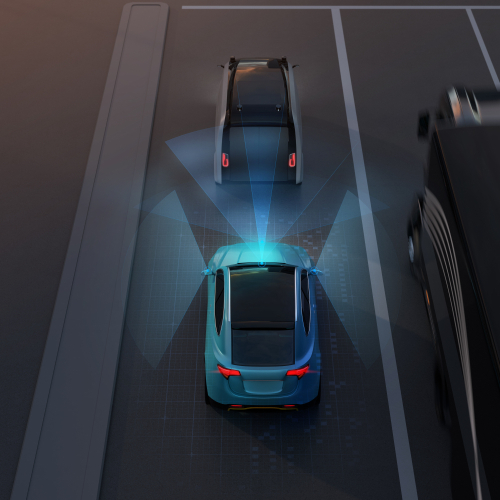
New research from AAA has found that vehicles with active driving assistance system experienced some type of issue every eight miles, on average, including keeping the vehicle in their lane or coming too close to guardrails.
Additionally, the organization found that active driving assistance systems which combine vehicle acceleration with braking and steering, often disengage with little notice, handing control back to the driver almost immediately. AAA said the assistance systems can create dangerous scenarios if a driver isn’t fully engaged in driving, or has become too dependent on the system.
The organization recommended that manufacturers increase testing on active driving assistance systems, and limit their rollout until they can provide a safer and more consistent driving experience.
“AAA has repeatedly found that active driving assistance systems do not perform consistently, especially in real-world scenarios,” said Greg Brannon, director of automotive engineering and industry relations. “Manufacturers need to work toward more dependable technology, including improving lane-keeping assistance and providing more adequate alerts.”
The organization said it tested the systems in real-world conditions and in a closed course setting to determine their responsiveness to common driving scenarios. The researchers found that on public roadways, 73 percent of the assistance systems’ errors involved lane departures or erratic lane positions. Additionally, the closed-course testing found that when confronted with a disabled vehicle simulation, the systems would crash 66 percent of the time at an average impact speed of 25 miles per hour.
“Active driving assistance systems are designed to assist the driver and help make the roads safer, but the fact is, these systems are in the early stages of their development,” added Brannon. “With the number of issues we experienced in testing, it is unclear how these systems enhance the driving experience in their current form. In the long run, a bad experience with current technology may set back public acceptance of more fully automated vehicles in the future.”